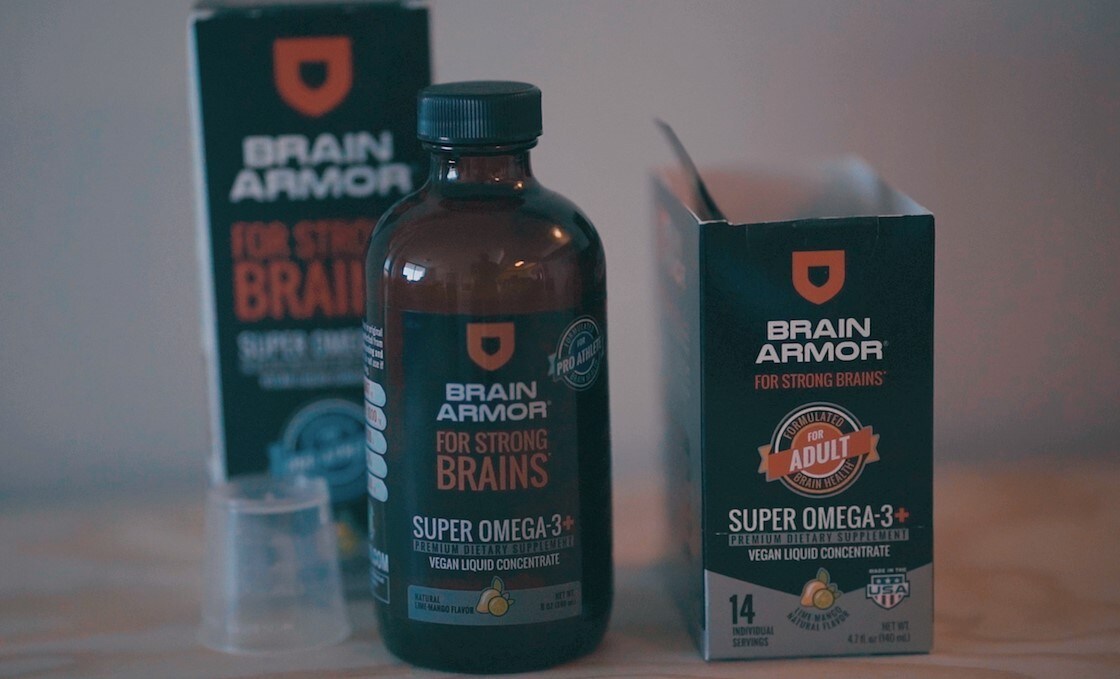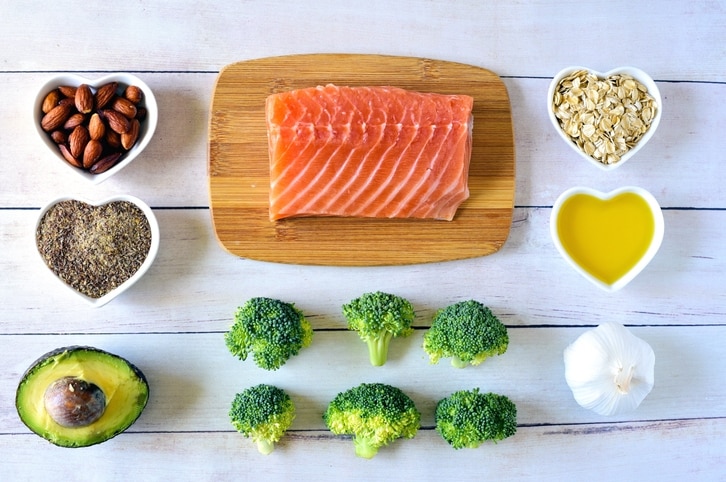In my private practice, I get asked questions like “what foods should I eat to support brain health?” and “what can I do to support my health and that of my baby’s during pregnancy?” There are numerous food and nutrition tips that I like to recommend for these questions, and one of my favorite tips includes focusing on healthy fats – like omega-3s! Yet, I still see that many of my patients just don’t understand the simple truth that some fats are indeed healthy for you! So, I am here to set the record straight about healthy omega-3 fats like docosahexaenoic acid (DHA) in this quick Q&A.
What are the health benefits of DHA omega-3?
From before birth to old age, the omega-3 fatty acid DHA plays an important role in development and overall health.
In the womb and while breastfeeding, DHA supports normal brain and eye development of the baby.1 In children who underperform in reading, DHA may support reading scores.2 And, DHA may help to support brain health in older adults.3 Certainly, the role DHA plays in the human body is crucial.
Yet, the body cannot make DHA on its own, and as such, we must get enough DHA in the diet.
How can I get DHA in my diet?
Marine microalgae make DHA, and oily fish feed on microalgae. Thus, oily fish, like salmon, anchovies, herring and tuna provide a rich source of DHA for our diets. Fish oil or algal-based omega-3 supplements and fortified foods also provide DHA.
Many times, my patients believe they can get enough DHA through flaxseeds and walnuts. While these two foods are certainly nutrient dense in their own right, they often do not provide enough of the essential fat DHA. You see, flaxseeds and walnuts contain the healthy fatty acid known as ALA (and no DHA). ALA can transform into DHA (and its sibling EPA), but that conversion is quite small. In fact, some estimates say no more than 1 percent of ALA converts into DHA, so we can’t rely on this source to give us the amount of DHA we need4 When looking for whole food sources of DHA, oily fish is truly your best option!
How much DHA should I get in my diet each day?
Depending on who you are, your needs for DHA will vary. In other words, the needs of an infants differ from those of a pregnant woman or an older adult.
In the 2015-2020 Dietary Guidelines for Americans, experts recommend that the general population consume eight ounces of seafood per week in order to provide an average of 250 mg per day of DHA plus EPA. Achieve this goal by eating just two four-ounce servings of oily fish each week.5
The American Heart Association recommends that patients with coronary heart disease consume 1g per day of DHA plus EPA. Because this amount may be difficult to frequently achieve through the consumption of oily fish, a fish oil or algal-based omega-3 fatty acid supplement may be warranted.6
Are you getting enough DHA? Read here to check.
I realize that I should be getting DHA regularly, but I am concerned about the mercury found in fish. What should I do?
You are right to be concerned, if too much mercury is consumed it can accumulate in the body over time and affect the central nervous system. For pregnant women or women of childbearing age, mercury can harm a developing fetus’ brain. Because of these reasons, it is important to avoid fish with high levels of mercury – like king mackerel, tilefish, bigeye tuna and swordfish – especially for young children, pregnant women, breastfeeding women, and women of childbearing age.7
Enjoy fish like salmon, anchovies, herring and sardines – all lower mercury fish – more frequently (two to three servings a week). What’s even better? Some of these lower-mercury fish also provide a healthy supply of DHA, too!
No matter your age or stage of life, choosing a variety of fish (instead of always opting for the same type) can also minimize your risk of accumulating other contaminants from fish, including PCBs and dioxins.
If I am a vegetarian, how can I get important omega-3s (DHA) in my diet?
Whether you are a vegetarian or you just don’t do fish (that is, you don’t like it or you have dietary restrictions that prohibit you from eating fish), you can still get DHA in your diet! Instead of choosing oily fish, the richest source of DHA in your diet might come through a supplement of algal-DHA, like life’sDHA, which goes straight to the source (microalgae) to bring a sustainable, vegetarian source of DHA to you. Or, look for the life’sDHA logo on fortified foods (like organic omega-3 fortified milk) to get your DHA.










